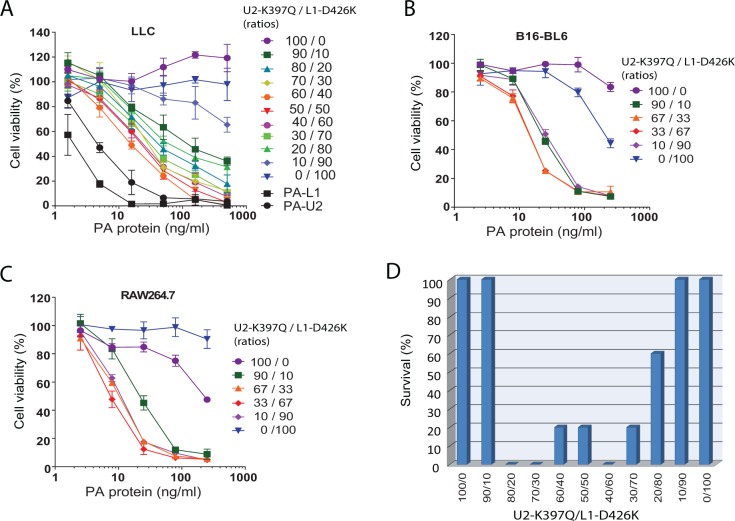Figure 2. Intermolecular complementation activities of PA-U2-K397Q and PA-L1-D426K.
(A-C) Intermolecular complementation cytotoxicity of PA-U2-K397Q and PA-L1-D426K. LLC cells (A) and B16-BL6 melanoma cells (B) were incubated with various concentrations of the indicated ratios of purified PA-U2-K397Q and PA-L1-D426K in the presence of FP59 (100 ng/ml) for 48 h, followed by MTT assays to determine cell viabilities. Parental PA variants PA-L1 and PA-U2 were included in (A) for comparison. RAW267.4 cells (C) were incubated with various concentrations of the indicated ratios of PA-U2-K397Q and PA-L1-D426K in the presence of LF (500 ng/ml) for 5 h, followed by MTT assays to determine cell viabilities. (D) In vivo intermolecular complementation toxicity of PA-U2-K397Q and PA-L1-D426K. Mice (tumor-free) were challenged with two intraperitoneal doses of the indicated ratios of 20 μg total of PA-U2-K397Q and PA-L1-D426K plus 10 μg FP59 with a two-day interval. Survival was monitored at regular intervals and the survival after two weeks is shown.

